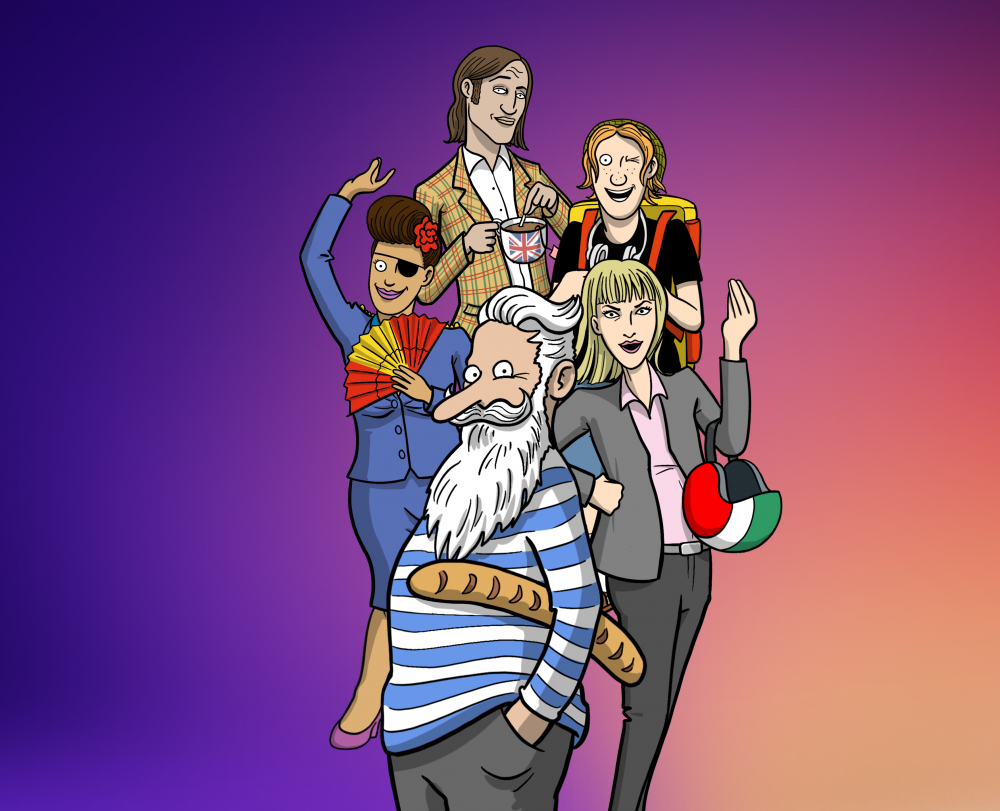Verbs of perception
The verbs of involuntary perception (to see, to hear, to feel, to smell, to taste) have certain characteristics in common:
•They are often used with the auxiliary verb can:
•They are often used with the auxiliary verb can:
Can you hear that? Do you hear that? Are you able to hear that?
I can't see much. I am not able to see much.
I can feel the baby moving inside me. I feel the baby moving inside me.
• They are not conjugated in the progressive form, unlike verbs which express voluntary actions ('to look (at)', 'to listen (to)'):
I hear what you're saying, but I don't want to listen to you anymore.
However they are also used to express voluntary actions and can therefore be conjugated in the progressive form:
Bruno can't see who's knocking at his door. (involuntary)
Bruno is not seeing anybody today. (voluntary)
Bruno is not seeing anybody today. (voluntary)
Can you feel the banana leaf added to this mixture? (involuntary)
Horatio is feeling a banana leaf. He says he likes its texture. (voluntary)
Horatio is feeling a banana leaf. He says he likes its texture. (voluntary)
Luna's cake tastes good. (involuntary)
Luna is tasting her cake. (voluntary)
Luna is tasting her cake. (voluntary)
• They are formed with an object followed by a verb in the infinitive without 'to' (like the verbs to watch, to observe...):
I saw the sun rise this morning.
Everybody heard Philip yell.
Still facing difficulties with 'Verbs of perception'? Improve your English with Gymglish's English lessons - try our online English course for free now and receive a free level assessment!
What our users say:
Find out about other grammar rules. Improve your English further and test Gymglish, online English lessons.
Tips for learning 'Verbs of perception'? Share them with us!

